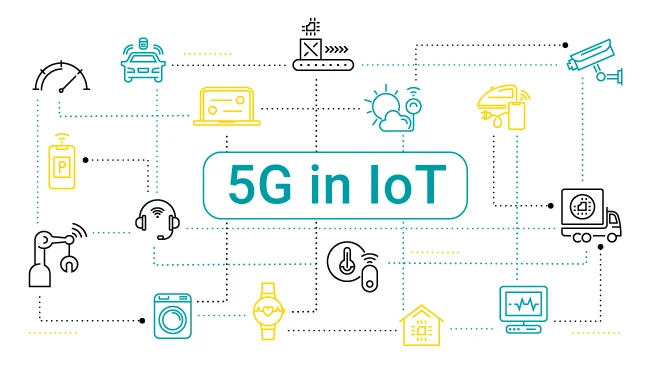In today’s digital world, videos are one of the most popular and powerful forms of content, but their accessibility can often be overlooked. One of the best ways to make video content more accessible is through accurate transcription. By converting audio and visual content into text, it ensures that people with hearing impairments, as well as others, can access the information. Video to text is a fundamental tool for increasing inclusivity, as it provides equal access to knowledge, education, and entertainment for a wider audience.
Why Video Transcription is Crucial for Accessibility
Transcribing videos into text is not just about providing captions; it’s about ensuring that all individuals, regardless of their abilities, can consume the content. Many people who are deaf or hard of hearing rely on text-based representations of spoken words to understand videos. Without accurate transcription, they may miss out on vital information, especially in educational or professional settings.
Moreover, video transcription can also support individuals with cognitive impairments who may struggle with auditory processing. Transcription allows them to read along with the video, enhancing their understanding and retention. This is why accurate video transcription is not merely a convenience but a necessity for fostering an inclusive environment for everyone.
Benefits of Accurate Video Transcription
- Improved Accessibility for the Hearing Impaired:
Transcriptions make it easier for people with hearing disabilities to enjoy videos. Providing captions or subtitles alongside video content ensures that no one is excluded based on their ability to hear. - Enhanced Searchability:
Video content is often difficult to search through because search engines cannot easily “read” video files. However, transcribing videos into text makes the content searchable. This leads to better discoverability of videos, as they can be indexed by search engines, helping users find specific content more easily. - Better User Experience:
Transcriptions provide additional context, allowing viewers to follow along with the content more effectively. This can be particularly useful in educational videos where understanding every word is crucial. Viewers can pause, rewind, and read the transcript to catch up if they missed something. - SEO Benefits:
When video content is transcribed, search engines can index the text. This can improve the video’s ranking in search results, making it more likely to be discovered by a larger audience. This is particularly beneficial for businesses or content creators looking to reach a broader demographic. - Legal Compliance:
In many countries, there are regulations and laws that require video content to be accessible to all viewers, including those with hearing impairments. Accurate video transcription helps ensure compliance with these regulations, avoiding potential legal consequences.
How Accurate Video Transcription Works
To ensure that video transcription is accurate, it is important to employ skilled transcriptionists or high-quality transcription software. While automated systems can be helpful, they often struggle with nuances in language, accents, and background noise. Human transcribers, however, are able to capture these subtleties and ensure that the transcription is both correct and meaningful.
There are a few steps involved in the process of video transcription:
- Audio Extraction: The first step is extracting the audio from the video. This is typically done through specialized software.
- Transcription: The audio is then transcribed into text, ensuring that all spoken words, as well as any relevant sounds (such as music or sound effects), are accurately represented.
- Editing and Proofreading: After transcription, the text is reviewed for accuracy. This ensures that there are no errors in punctuation, grammar, or context. This step is crucial in maintaining the overall quality of the transcript.
- Synchronization: Finally, the transcribed text is synchronized with the video, so it appears at the right time as captions or subtitles.
Accurate video transcription is an essential element of making video content accessible to a wide range of individuals, particularly those with hearing impairments. It enhances the usability, discoverability, and inclusivity of videos, making sure that everyone can access and understand the information. By utilizing video to text as a tool for accessibility, content creators and businesses can ensure that their videos are reaching a broader and more diverse audience, promoting inclusivity in both education and entertainment.






